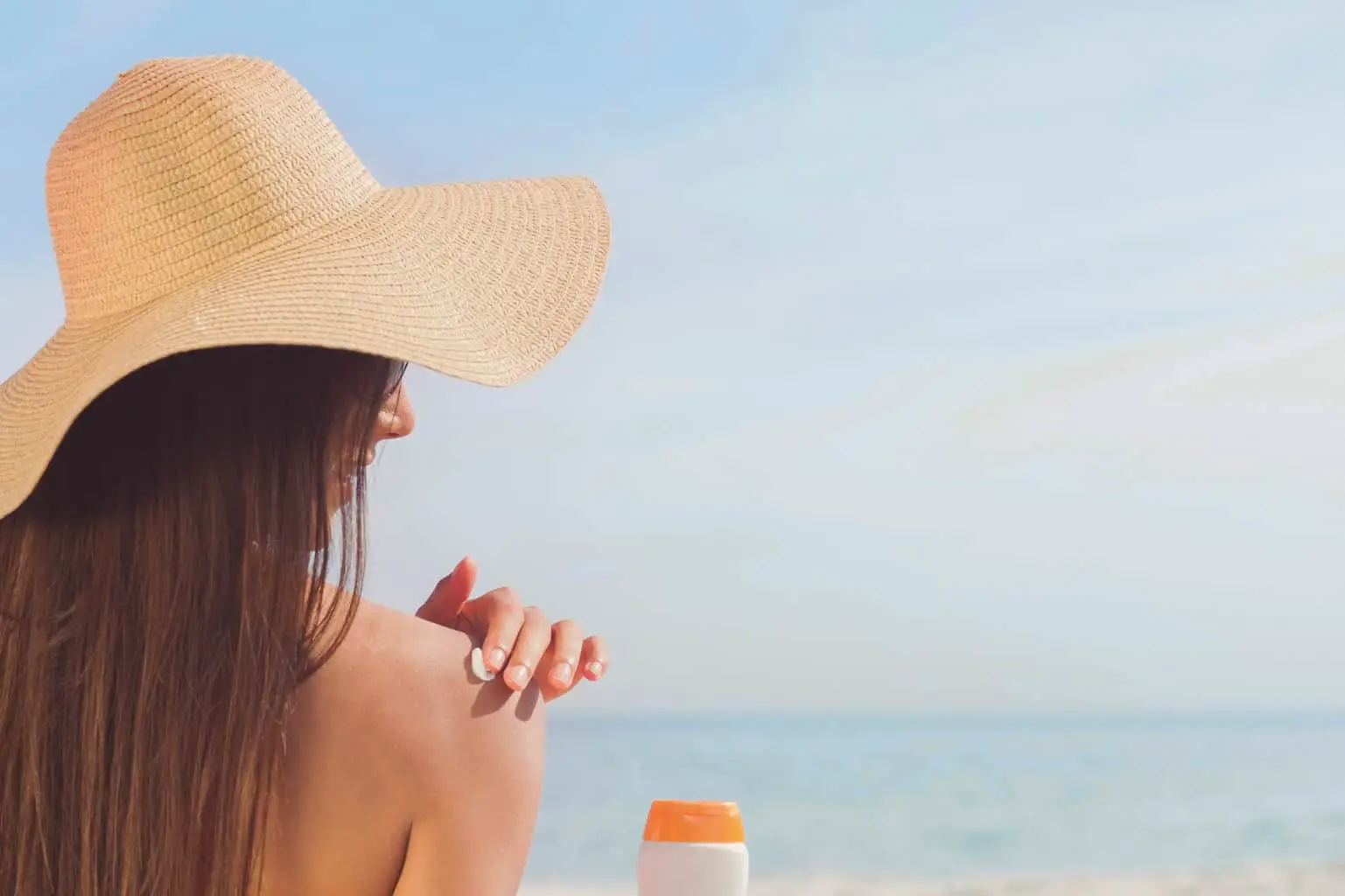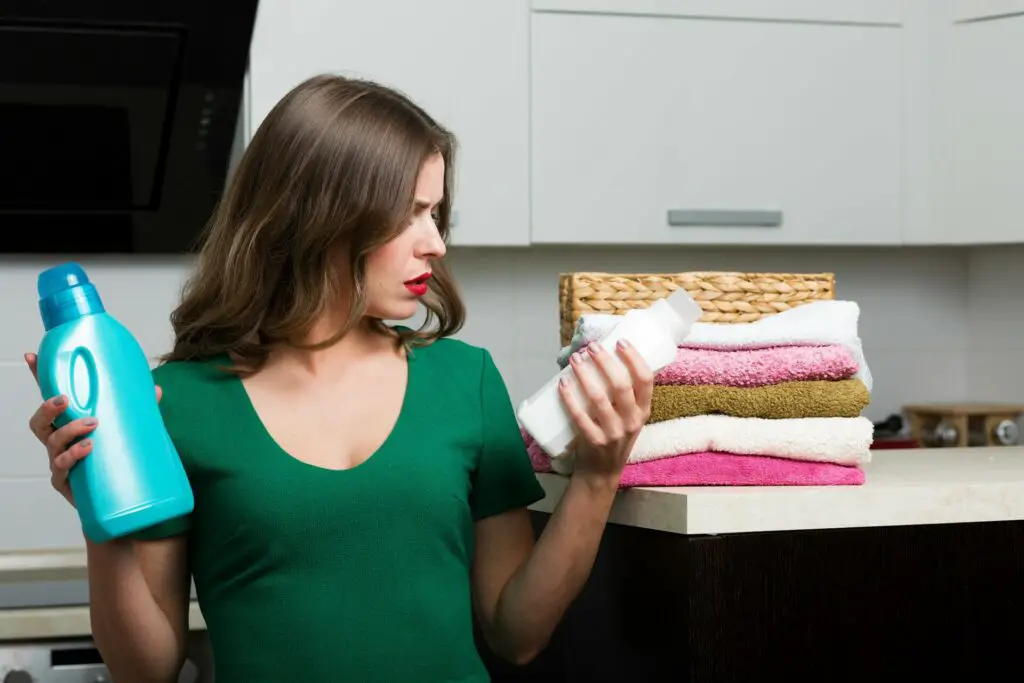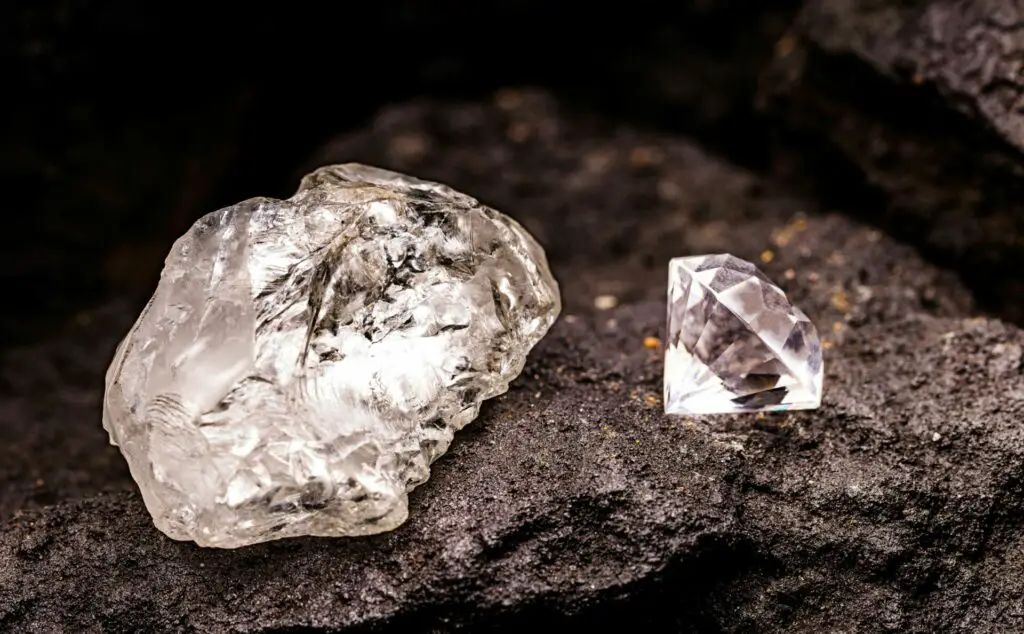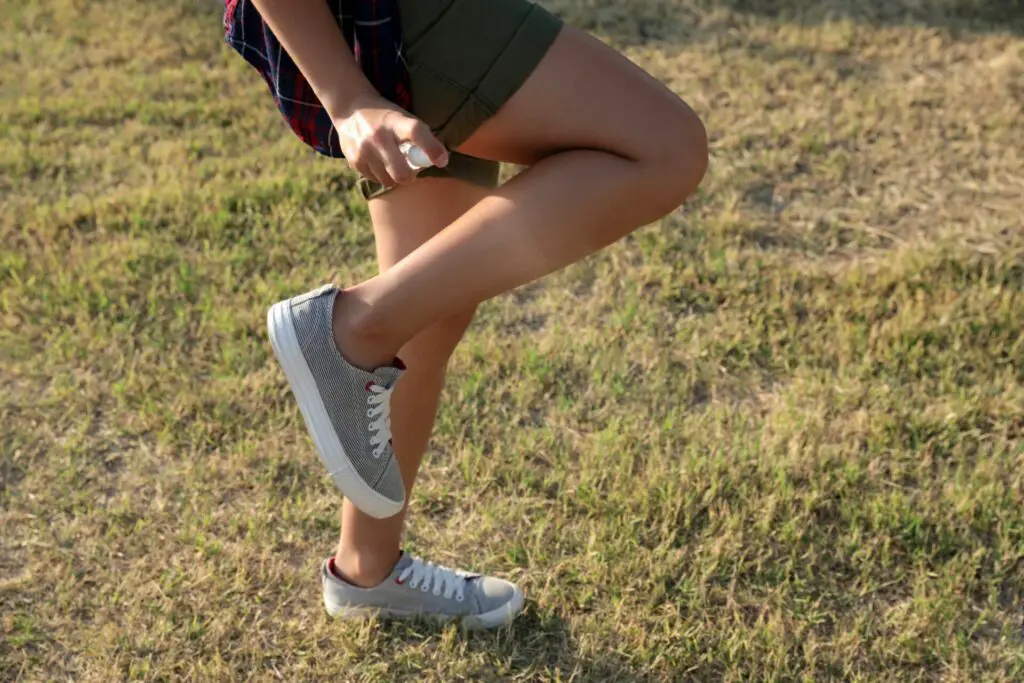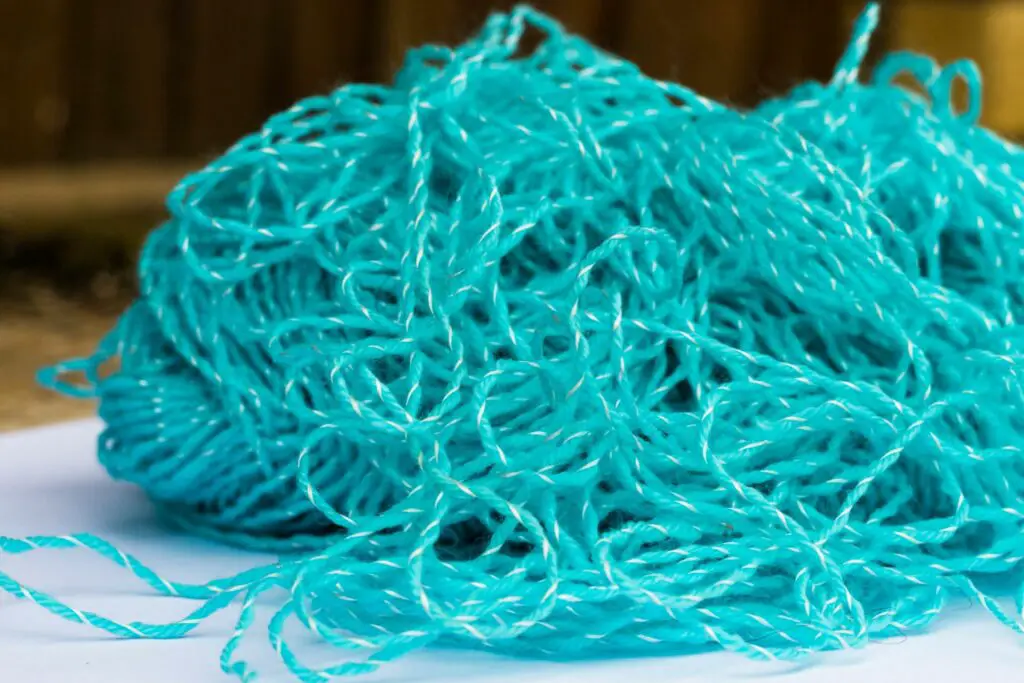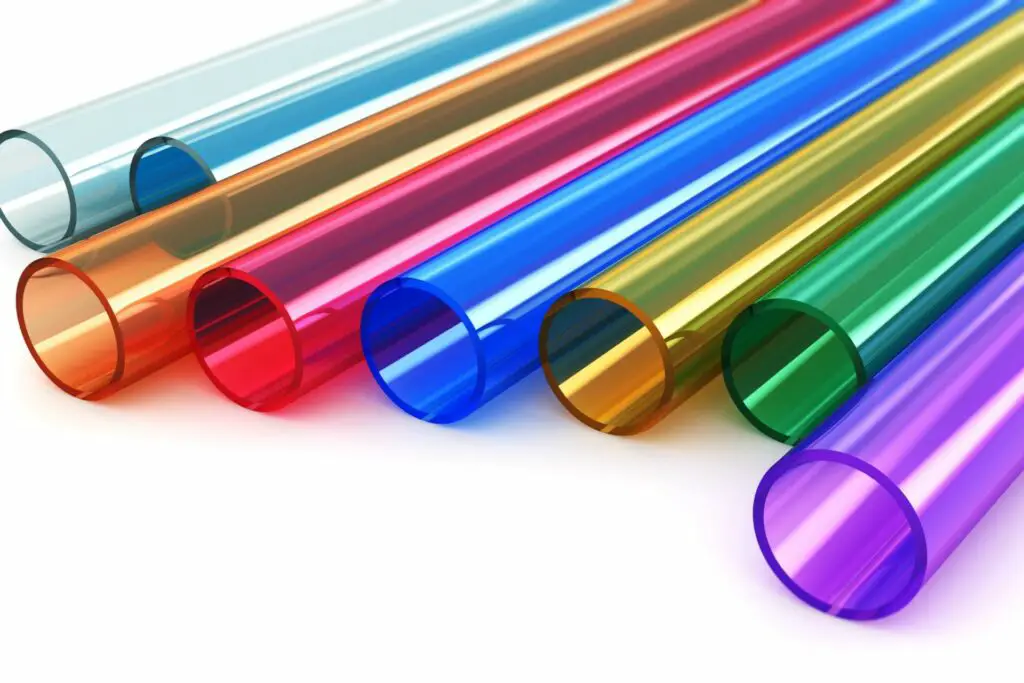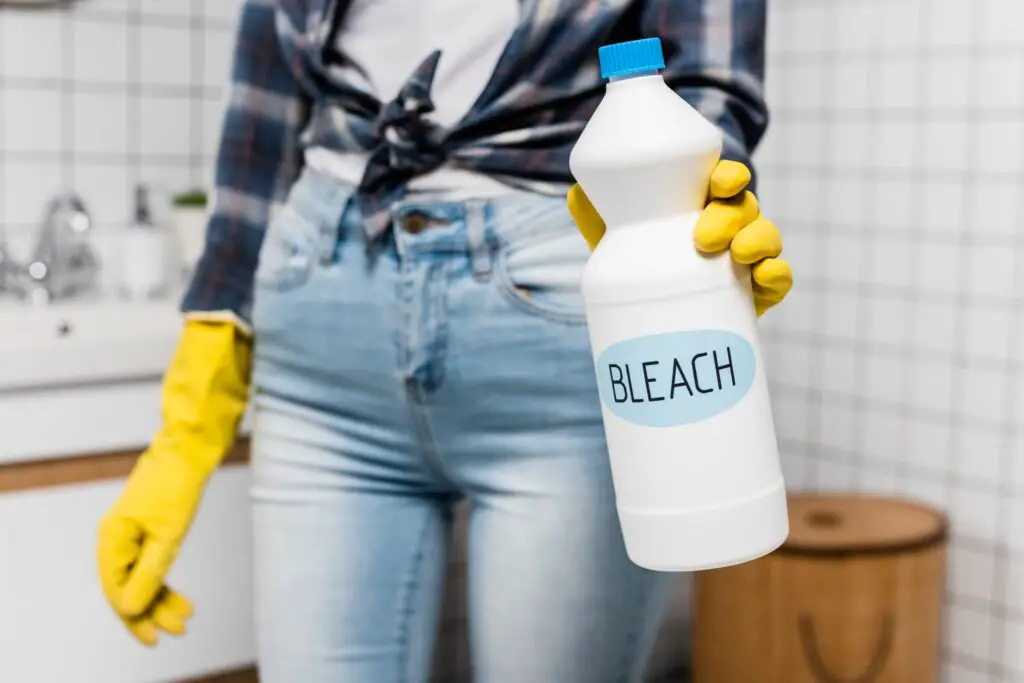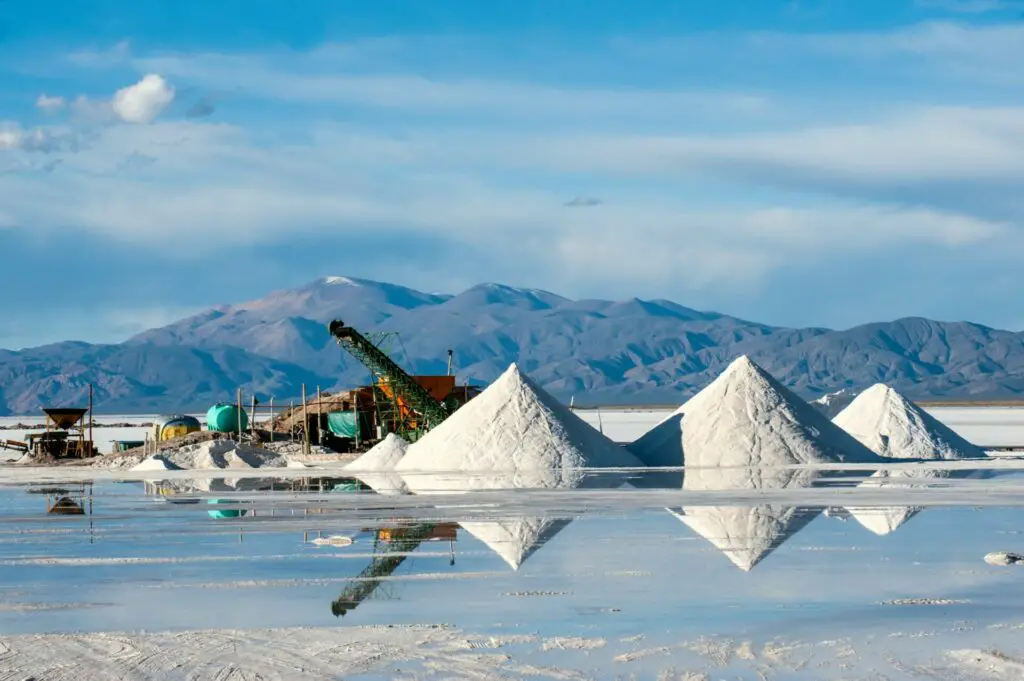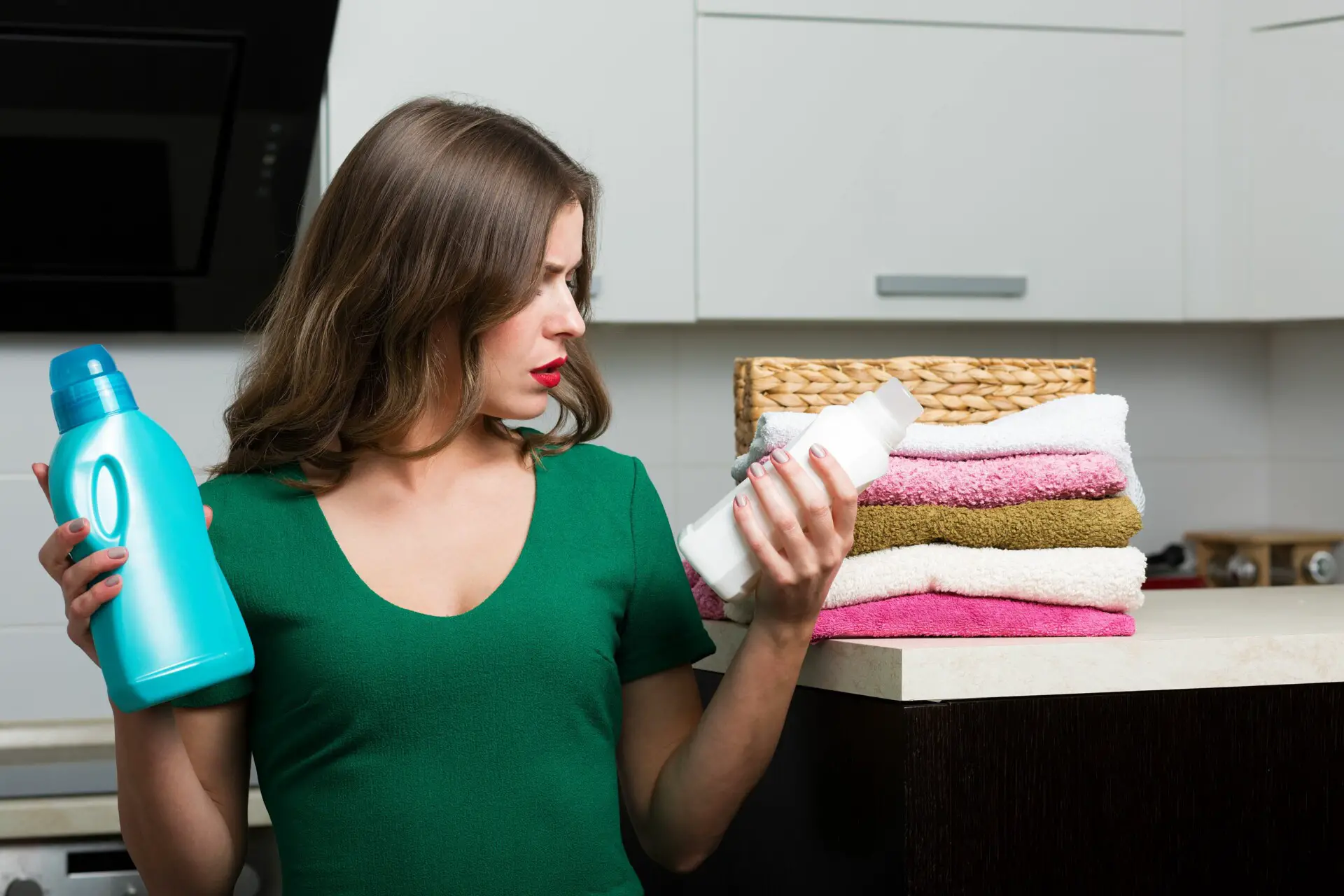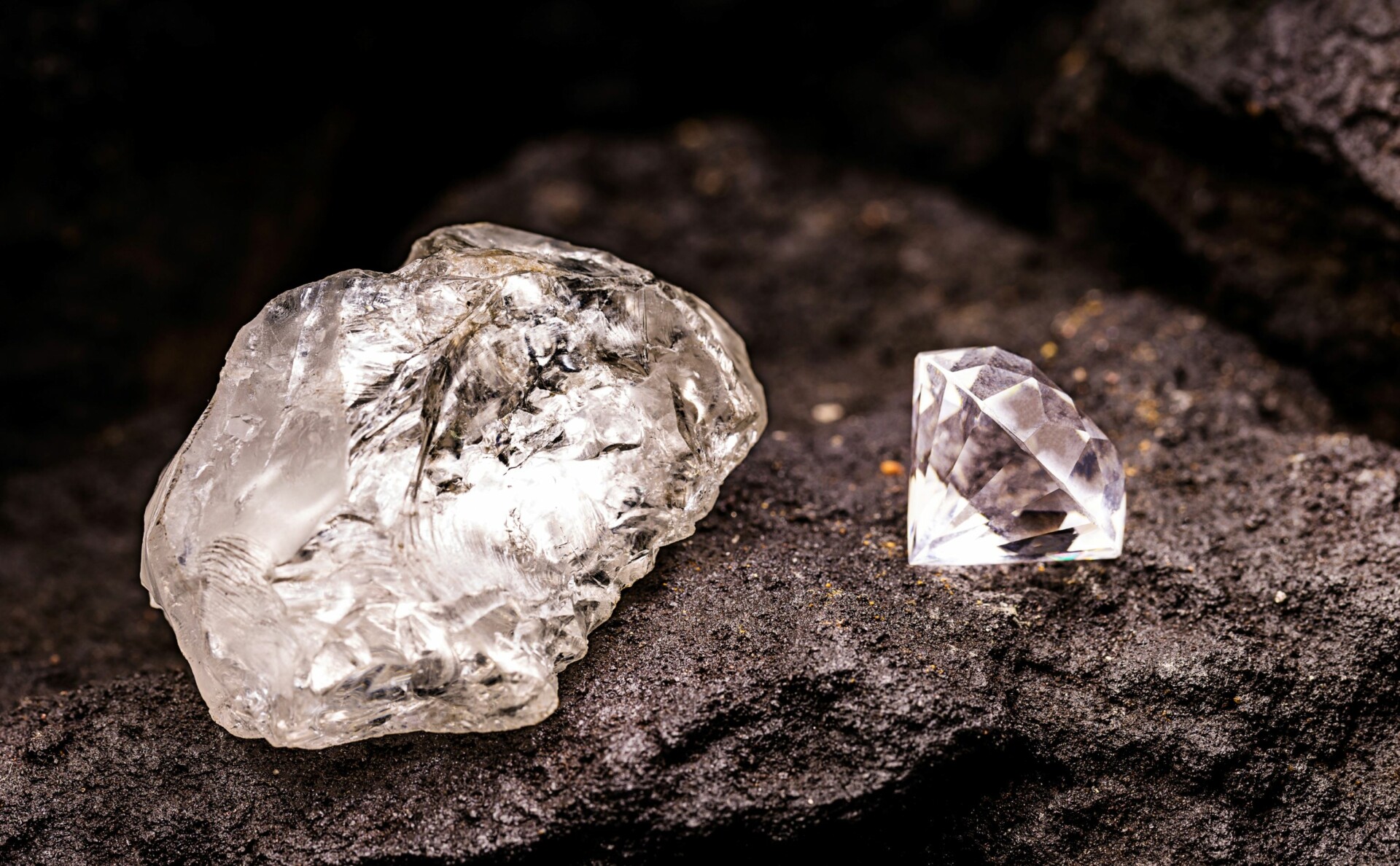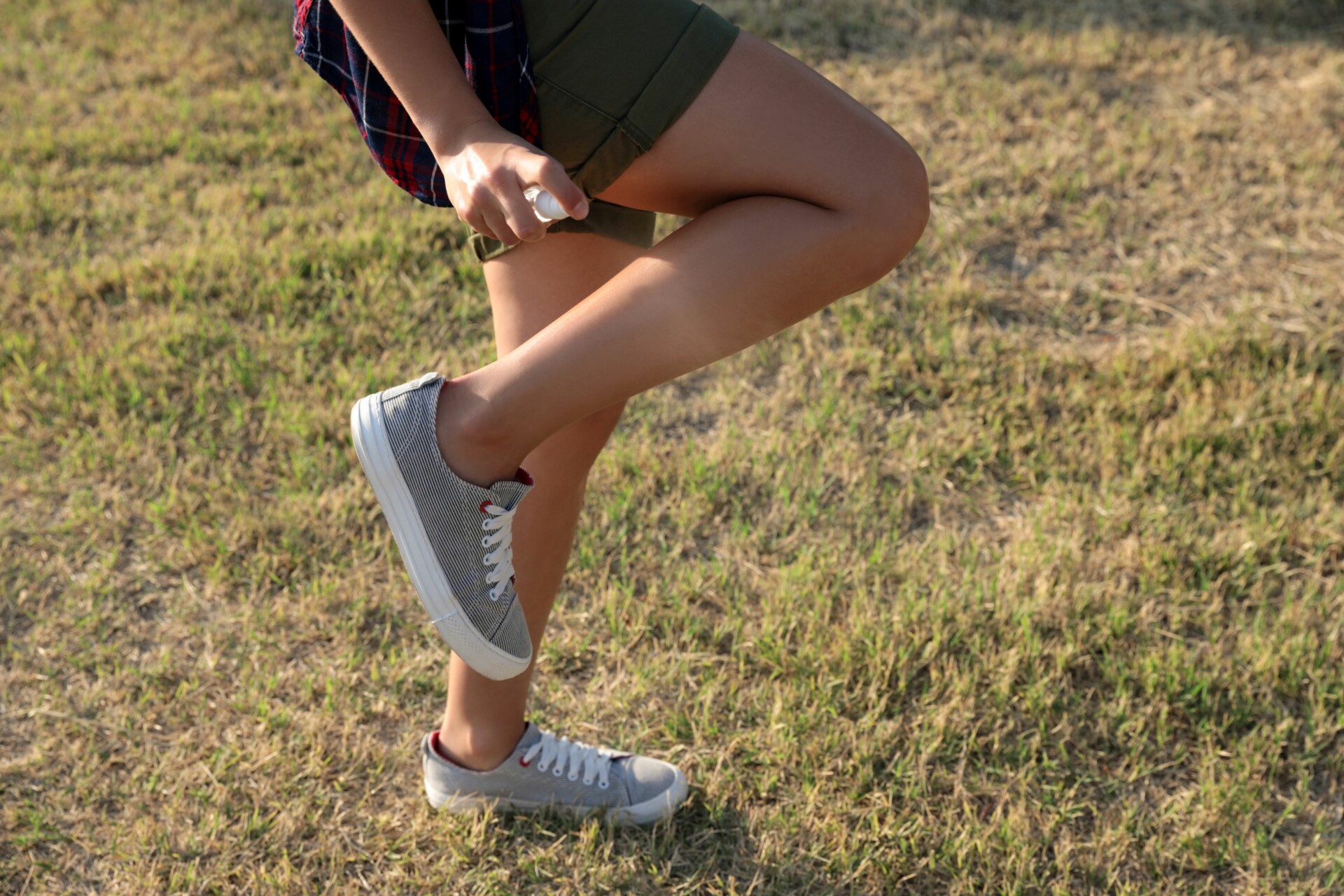Are you planning on heading out to the beach this summer to get your tan on and cool off in the ocean?
If you are, then you better not leave your home without throwing on some sunscreen.
Without sunscreen, you not only risk burning to a crisp, but you increase the risk of skin cancer as a result of overexposure to the sun’s UV (ultraviolet) rays.
In fact, you should be applying sunscreen even if you’re just going for a hike or spending the afternoon grilling outside – the sun is everywhere, after all.
However, before you pick up just any sunscreen, be aware that choosing the wrong sunscreen product could be detrimental to not only your health, but also to the health of the environment.
So how do you know what sunscreen you should be using? And which ones are truly safe for you and our oceans? You’re about to find out.
How to Choose the Right Sunscreen
No two sunscreens are the same. This much should become obvious when you take a look at the ingredient list of any given sunscreen product.
Many commercial sunscreens contain a laundry list of ingredients, most of which you’ve probably never heard of before.
Because of this, the following are a few important things you should always consider before purchasing sunscreen.
Chemical or Mineral-Based Sunscreens?
There are two main categories of sunscreen – those that contain minerals as their main active ingredient and those that contain chemicals.
It’s absolutely essential that you choose a mineral-based sunscreen.
Your skin absorbs chemical UV filters
Chemical-based sunscreens often use chemical compounds, such as oxybenzone and octinoxate.
These chemicals work by absorbing UV rays and dissipating them into heat through a chemical reaction.
The problem is that your skin will absorb these chemicals.
For people who have sensitive skin, this can result in irritation and discomfort.
Chemicals enter your bloodstream
Even more worrisome, these chemicals could get into your bloodstream.
The FDA recently published the results of a small clinical trial revealing that four commonly used sunscreen chemicals, including oxybenzone, octocrylene, ecamsule, and avobenzone, were all found in the bloodstreams of the trial’s subjects within just a day of applying chemical-based sunscreen products.
While the health effects of these chemicals over the long term aren’t yet known, all four of these chemical ingredients were listed by the FDA as ingredients that need to be researched further before they can be considered safe.
Until further studies are done, there’s no telling what kind of negative long-term effect these chemicals could potentially have on users.
Chemical UV filters are endocrine disruptors
On top of the FDA’s recent trial results, an extensive Swiss study on the impact of sunscreen chemicals revealed the presence of chemical sunscreen filters in our food chain (especially in fish) as well as in the milk of breastfeeding women.
The study also looked at the toxicity of these chemicals and found that they exhibit endocrine activity, meaning they affect the hormone system.
Among others, the following effects were observed in rats:
- enhanced prostate growth
- altered uterine gene expression
- delayed male puberty
- affected reproductive organ weights
- thyroid interaction
Even though these effects have so far only been observed in animals, these hormone active chemicals are known to be present in humans already, and they’re likely to be even more harmful to the development of a child.
Chemical UV filters are toxic for marine life
In addition to the potential hazards for humans, the chemicals used in sunscreen are proven to be toxic to marine life – coral reefs in particular.
Chemical UV filters like oxybenzone and octinoxate can cause coral bleaching, a condition in which coral reefs become more susceptible to disease.
It also makes it more difficult for the coral to obtain the nutrients needed to survive.
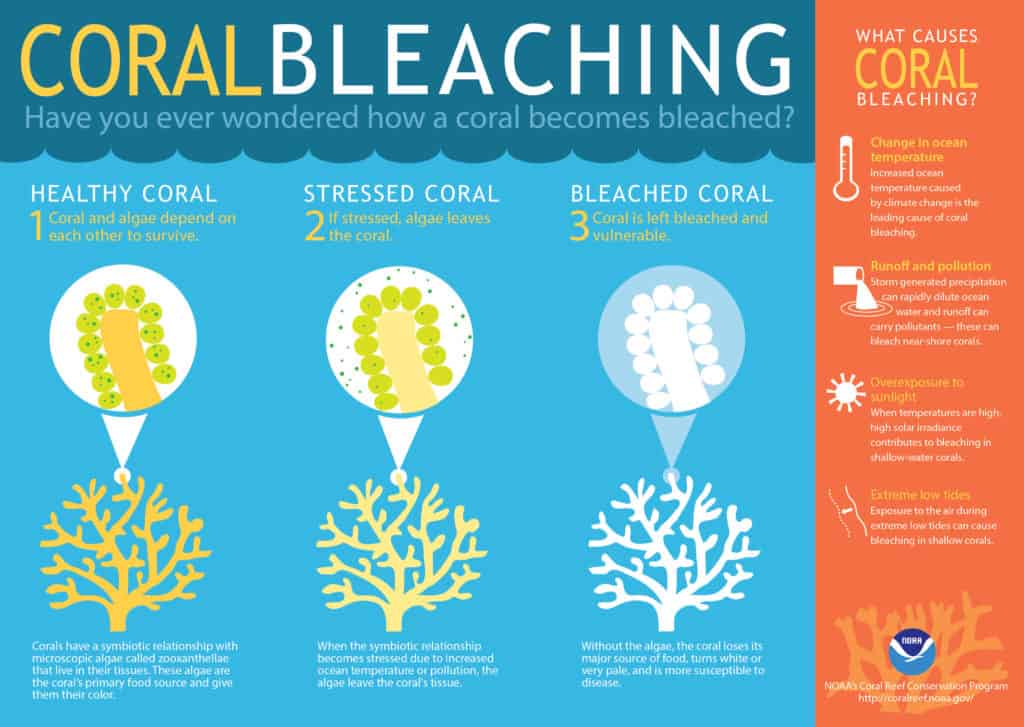
The following short video explains why Hawaii bans chemical sunscreens (and it’s not only because they’re highly toxic to reefs, as you’ll see):
Zinc Oxide or Titanium Dioxide – What’s Better?
Mineral-based sunscreens use zinc oxide or titanium dioxide as their main active ingredients.
Instead of penetrating your skin and causing a chemical reaction to protect against UV rays, they simply sit on top of your skin and reflect UV rays naturally, similar to a mirror.
Zinc oxide and titanium dioxide are both superior ingredients to any chemical alternative, but when it comes to choosing between the two, zinc oxide has a slight edge.
This is because of zinc oxide’s antimicrobial factors (helps wound healing) and its ability to effectively block both UVA and UVB rays.
It also has non-comedogenic properties, which means that it won’t clog your pores or provoke acne.
As far as titanium dioxide goes, it’s also very effective at blocking short-wave UVB rays.
However, when compared to zinc oxide, it doesn’t provide as much protection from long-wave UVA rays.
Because of its insufficient UVA protection, titanium dioxide sunscreens are often combined with zinc oxide (or chemical UVA blockers) to enhance its protection range.
Titanium dioxide is less noticeable on the skin than zinc oxide-based sunscreen and non-comedogenic as well.
Nano vs. non-nanoparticles in mineral sunscreen
Keep in mind, though, that due to their natural reflective properties, both tend to leave a whitish chalky residue on your skin.
This is simply how mineral sunscreens work, precisely because they won’t penetrate your skin.
Manufacturers have addressed this cosmetic issue with the invention of nanoparticles, which leave less of a (or even no) white tint on your skin.
The problem is that nanoparticles bring their own set of health concerns since they are so small that they may, in fact, penetrate your skin – just like chemical UV filters.
Conclusive research results about the risks of nanoparticle sunscreens are still out.
But if you want to be on the safe side and don’t mind a whitish tint too much, then make sure that you choose non-nano zinc or titanium oxide sunscreen.
Should I Choose Spray, Lotion, or Stick Sunscreens?
Sunscreen is available in three forms – sprays, lotions, and sticks.
Sticks are very useful when it comes to applying sunscreen to the face, but other than that, they are somewhat inconvenient when it comes to getting full coverage on your body.
Sprays are much easier to use and are less messy than lotions as well. The thing is, you risk inhaling the sunscreen when you spray it anywhere near your face.
If you’re worried about what harm sunscreen ingredients could potentially cause if they got into your bloodstream, then the last thing you want is to inhale them.
Consumer Reports strongly recommends against using spray sunscreens on children for this very reason.
You could always spray into your hands before applying to your skin.
However, at this point, you might as well just use eliminate a step and use lotion instead.
When it comes to lotion, the only real drawback is that it can be a little messy and that it might take a little longer to apply.
However, it’s the best way to safely get full coverage.
How Important Is SPF (Sun Protection Factor)?
Most people assume that the higher the SPF is, the more effective the sunscreen is. This is only somewhat true. The numbers used in SPF ratings are misleading.
For example, you may think that SPF 100 should provide twice as much protection as SPF 50 – but it doesn’t.
An SPF 100 sunscreen will block 99 % of UVB rays. In comparison, SPF 50 blocks 98 %, while SPF 30 blocks 97 %. Even SPF 15 still blocks 93 % of UVB rays.
As you can see, the difference between them is not very significant and the protection increase gets smaller and smaller the higher the SPF goes.
Anything over SPF 50 is rarely recommended because it gives people a false sense of security, causing them to take risks out in the sun that they shouldn’t take (leading to other sun-related issues, such as dehydration or even heat stroke).
UVA & UVB effects on your skin
One thing to keep in mind is that the SPF rating doesn’t necessarily refer to its ability to block all UV rays.
This is because there are actually three types of UV rays: UVA, UVB, and UVC rays. However, only UVA and UVB rays penetrate the atmosphere.
UVA rays account for 95% of the UV radiation reaching the surface of the earth.
They have longer wavelengths and penetrate the skin more deeply than UVB light.
They are present with fairly equal intensity during all daylight hours and year round.
UVA rays have a major part in premature skin aging and wrinkling. For a long time, scientists didn’t think UVA radiation would cause skin cancer.
But research over the last decade has shown that it may, in fact, contribute to or even cause the development of skin cancer.
UVB rays account for 5% of the UV light that reaches the surface of the earth.
They have shorter wavelengths and mostly cause damage to the superficial layers of the skin, causing reddening and sunburn.
UVB rays play a key role in the development of skin cancer.
SPF doesn’t consider UVA protection
It’s important to note that the SPF ratings only account for the sunscreen’s effectiveness against UVB rays and not UVA rays.
This means that, essentially, the SPF rating only tells you how effective a sunscreen product will be at preventing sunburn.
In fact, this is exactly what the numbers refer to. For example, by applying SPF 15 sunscreen, it will take 15 times as long for your skin to redden than it would without sunscreen.
By applying SPF 30 sunscreen, it takes 30 times as long – and so on.
So how do you choose a sunscreen that will effectively block UVA rays as well?
By choosing a sunscreen product that has UVA-bocking ingredients, such as zinc oxide.
6 Healthy & Eco-Friendly Sunscreens
Keeping the previous tips on how to choose a sunscreen product in mind, the following are some of the best sunscreens that use healthy ingredients, that are effective at blocking UV rays, and that aren’t toxic to marine life.
1. Indie Lee
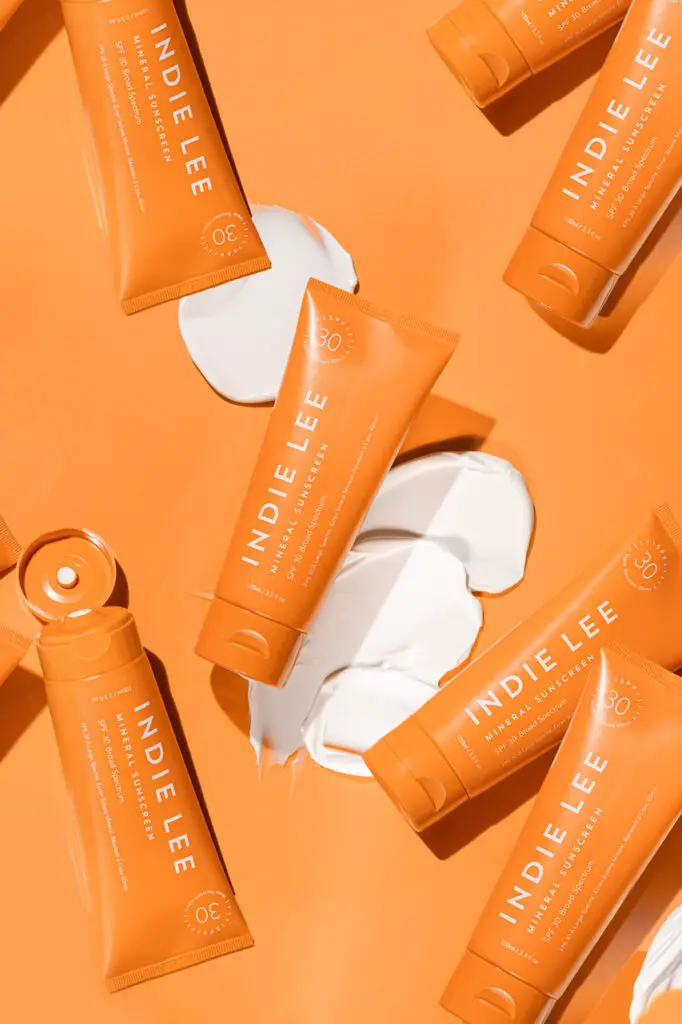
Indie Lee’s debut mineral sunscreen doesn’t disappoint.
This cruelty-free sunscreen is completely free of parabens, mineral oil, sulfate-based detergents, synthetic fragrances, petroleum-based ingredients, phthalates, phenoxyethanol, formaldehyde and many other harmful ingredients as part of their “clean commitment”.
Formulated with Squalane, Shea Butter, and Aloe for ultra-hydration, this unscented mineral sunscreen provides broad spectrum SPF 30 protection, making it perfect for beach days or outdoor activities.
A reef-safe formula made with non-nano zinc oxide ensures reliable safety and protection that dries down clean for resilient, non-greasy protection.
2. Babo Botanicals
Babo Botanicals Clear Zinc Sunscreen is free of octinoxate, oxybenzone or any other harmful chemicals and therefore safe and reef-friendly. It is formulated with 19 percent non-nano zinc oxide. This sunscreen is cruelty-free, soy-free and dairy-free, not to mention completely vegan.
It also happens to be completely hypoallergenic, which is perfect if you have sensitive skin since its ingredients won’t cause any kind of reaction. As a result, this also means that it can be safely used on your lips, ears, and face.
Some of the ingredients found in this sunscreen include aloe vera gel, argan oil, chamomile extract, sunflower oil, sea buckthorn oil, and rose hips oil, all of which are certified organic. Babo Botanicals sunscreen is water and sweat-resistant for up to 80 minutes.
Also worth mentioning is that Babo Botanicals makes every effort to be an environmentally-friendly company on all fronts. They are certified by the nonprofit B Lab, which grades environmental performance, social performance, transparency, and accountability using very stringent standards.
Additionally, their sunscreen has been certified MADE SAFE, which means that it has been screened extensively for numerous toxins and harmful ingredients and that none were found.
What’s more, this sunscreen has been top-rated by the nonprofit Environmental Working Group (EWG) due to its extremely low hazard to the environment and human health.
3. Kokua Sun Care
Kokua is a locally owned and operated business out of Hawaii, which also happens to be the only state to have banned the use of oxybenzone and octinoxate in sunscreen so far. This means you won’t find any traces of these harmful chemicals in Kokua Sun Care Sunscreen.
You also won’t find any parabens, artificial fragrances, or phthalates in the sunscreen. In fact, none of the chemicals proven to be toxic to marine life that are commonly found in other sunscreen products are used in Kokua’s sunscreen.
Instead, Kokua Sun Care Sunscreen is made with 25 percent non-nano zinc oxide, making it the only sunscreen with such a high percentage of non-nano zinc as its only active ingredient.
Additionally, this sunscreen contains a number of ingredients that will nourish your skin, including 23 different antioxidants, many of which are local to Hawaii. These include Hawaiian spirulina, kukui nut oil, plumeria extract, macadamia nut oil, and organic noni juice, just to name a few.
Kokua’s sunscreen product is also resistant to water and sweat for up to 80 minutes.
4. Badger Sport
Badger Sport Sunscreen Cream is another non-nano zinc oxide-based sunscreen. Just like the previously mentioned sunscreens, Badger Sport is reef-safe as it contains none of the ingredients that are considered harmful to ocean life, such as oxybenzone or octinoxate.
In fact, this hypoallergenic sunscreen only contains 5 ingredients. You won’t find any artificial fragrances, paraben, or GMOs. It’s completely biodegradable, 100 percent certified natural, and 98 percent certified organic as well.
Aside from zinc oxide, its other ingredients include sunflower oil, beeswax vitamin E, and seabuckthorn, all of which happen to help moisturize your skin.
As far as environmentally-friendly sunscreen products go, Badger Sport is also top-rated by the EWG. Even the tube it comes in is recyclable. It’s also resistant against water and sweat for up to 40 minutes.
5. Thinksport
Thinksport Safe Sunscreen is made with 20 percent non-nano zinc oxide and contains no dangerous chemicals, such as oxybenzone, avobenzone, paraben, or phthalate.
It’s worth noting that EWG gave Thinksport’s sunscreen their top rating as a result of its low risk to environment and health – a rating that it has retained since 2010. It was also the first sunscreen to pass the Whole Foods Premium Care requirements.
Although organic, it does not have the oily feel or scent that many organic sunscreens tend to have.
In addition to being one of the most environmentally-friendly sunscreen options available, Thinksport Safe Sunscreen is also gluten-free and vegan. On top of all that, it’s water resistant for up to 80 minutes.
6. All Good
All Good takes its name very seriously.
First of all, its sunscreen product uses a lightweight, non-greasy formula that contains 16 percent non-nano zinc oxide as its only active ingredient along with numerous healthy inactive ingredients, such as organic green tea, buriti oil, and rose hips – all of which can help to repair damaged skin.
It’s completely free of all toxic chemicals, including oxybenzone and parabens. On top of that, All Good Sport Sunscreen is completely vegan, gluten-free, GMO-free, and biodegradable. It’s also water resistant for up to 80 minutes.
Secondly, being highly-rated certified B-Corporation, All Good is about as environmentally-friendly as you can get.
They only use suppliers that are GMO-free, use recycled and recyclable packaging materials, use certified organic ingredients, stress the importance of reef-friendly products, and even use solar power to run their production facility.
If that wasn’t enough, they even donate one percent of their sales to United Plant Savers and Save Our Snow.
Conclusion
If you’re planning on heading down to the beach this summer, then be sure to protect your skin from overexposure to the sun’s UV rays by applying sunscreen (and don’t forget your sustainable sunglasses to protect your eyes as well).
Just make sure that you choose one of these five sunscreens instead of a chemical-based alternative that could potentially harm your health as well as the health of the environment around you.
You Might Also Like…
- Is Fast Food Bad for the Environment? (& What You Can Do)
- Is Fabric Softener Bad for the Environment? (+5 Eco-Friendly Options)
- Is Fuel Dumping Bad for the Environment? (& How Often It Happens)
- Is Electricity Generation Bad for the Environment? (What You Should Know)
- Is Dry Cleaning Bad for the Environment? (4 Surprising Facts)
- Is Diamond Mining Bad for the Environment? (Important Facts)
- Is DEET Bad for the Environment? 4 Effects (You Should Know)
- Is Cat Litter Bad for the Environment? (5 Common Questions)
- Is Burning Cardboard Bad for the Environment? (6 Facts)
- Is Burning Paper Bad for the Environment? (6 Surprising Facts)
- Is Burning Leaves Bad for the Environment? (7 Quick Facts)
- 4 Natural Cleaners for Quartz Countertops
- 6 Eco-Friendly Acrylic Paint Brands (For Sustainable Artists)
- 5 Eco-friendly Alternatives to Acrylic Paint (& How to Make Them)
- Is Acrylic Paint Bad for the Environment? (7 Quick Facts)
- Is Acrylic Yarn Bad for the Environment? 8 Crucial Facts
- Is Acrylic Bad for the Environment? (8 Quick Facts)
- Is Aluminum Foil Bad for the Environment? 7 Quick Facts
- Is Bleach Bad for the Environment? 6 Crucial Facts
- Is Lithium Mining Bad for the Environment? 6 Crucial Facts

